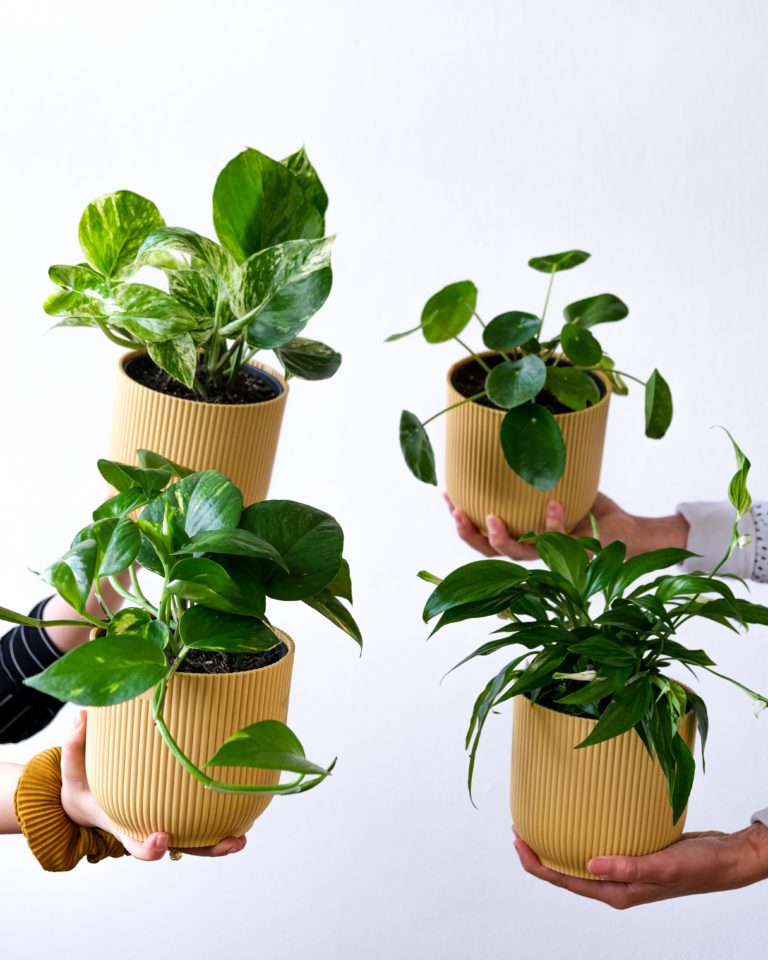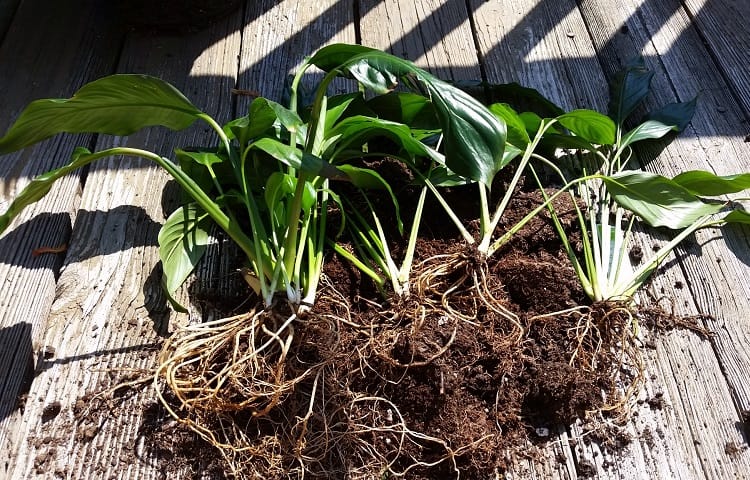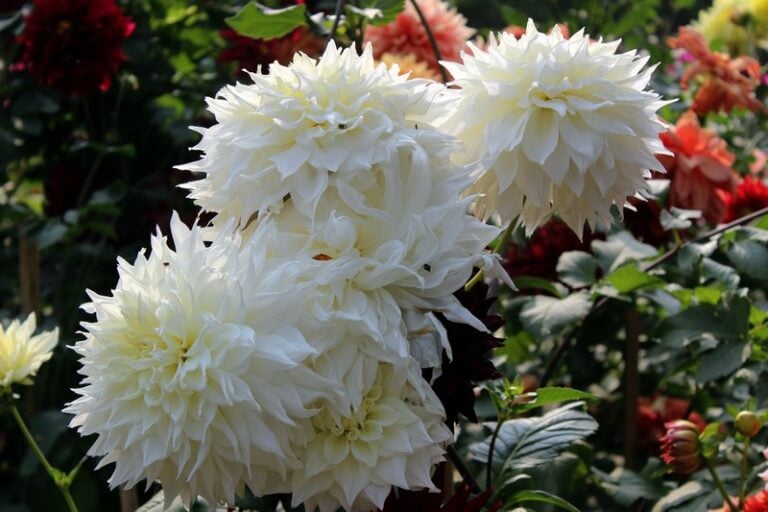Growing Peace Lily: Facts & Care
The peace lily is a unique house plant that’s somewhat deceptive in its nature. Its white, diamond-esque “flower” that defines its look isn’t a flower at all – it’s essentially a hood covering for the plant’s real flower. The plant also has a strong reputation for being able to break down airborne toxins, making it a strong environmental ally. The plant is easy to take care of, as it just requires basic indirect sunlight, water, and a variable amount of fertilizer, depending on how quickly you want the plant to grow.
A Peaceful Looking Plant
What’s in a name? If you’re talking about peace lilies, there’s a bit of deception – they aren’t actually lilies, and their signature white flower-like appendages aren’t actually flowers. But none of this hardly matters, as this beautiful houseplant will effortlessly bring grace and elegance to your home.
A Look at What Your Peace Lily May Look Like
It’s one thing to see a peace lily hanging out in your local nursery or garden shop. But seeing it in someone’s home gives you a much better frame of reference as to what you may expect it to look like. This amusing little video will provide you with such a reference, as well as a couple handy tidbits on how to give it the love it needs to thrive.
So, What Are Those White Things?
The aesthetic hallmark of a peace lily is the white diamonds that encase the end of plant’s flowers. However, these diamonds are not part of the flower; rather, they’re a leaf bract emanating from the stem. This bract acts a hooded shield that protects the flower part of the plant.
The beauty of this faux flower makes it a popular plant, which is a very good thing from an environmental standpoint. The peace lily’s capacity to break down and neutralize toxic gases within its pores is matched by very few plants. It’s an ability that no less of an authority than NASA has recognized.
One thing to note about these white bracts: They are dust magnets whose ability to process sunlight can be hindered greatly if they aren’t cleaned. While you don’t have to constantly clean the bracts, you should be prepared to wash or wipe them down at least once a year.
Caring for Your Peace Lily: Lighting and Temperature
Another reason why peace lilies are popular – and make great house plants for people new to gardening – is that they are quite easy to maintain. They aren’t too temperamental, and other than wiping down their bracts, don’t require any unorthodox care methods.
Like a lot of indoor plants, peace lilies thrive with medium to low light. In fact, the plant is unique in the sense that the amount of light you want to give it will directly correlate with what you want the plant to look like.
If you want the bracts to unfurl wide and become more diamond-shaped, you’ll want to put them in a greater amount of light. Conversely, putting the plant in lower light will allow it to maintain a more traditional indoor plant look, complete with tighter white ends. Whatever you do, though, avoid putting this plant in direct sunlight – you’ll end up scorching its leaves.
You’ll also want to put your peace lily in a place where it can enjoy a consistent temperature between 65 and 80 degrees Fahrenheit. You also want to be mindful of protecting your plant from drastic temperature swings or sudden drafts of cold.
Caring for Your Peace Lily – Water and Fertilizer
Like any house plant, consistent watering is important to the health of a peace lily. You don’t want to have a lapse in giving the plant water, but you don’t want to overdo things, either.
Ideally, you’ll give the plant enough water to ensure its potting soil is moist without being soggy. The best way to see if your plant needs water is to stick your finger in its soil. If it doesn’t have any dirt clinging to it after it’s removed, it’s time to water.
A peace lily will do also do its part to let you know if it needs a drink. It will dramatically wilt if it dries out; if you see this, you won’t even need to do the finger test – water your plant post haste. Fortunately, your plant will bounce right back to its vibrant self once it gets the water it needs.
Because peace lilies are technically tropical plants, they especially thrive in high levels of humidity. If its area is insufficiently humid, its leaves will start browning on its edges. You can counteract this with a humidifier, surrounding it with more houseplants, or setting the pot on top of a tray of pebbles.
As far as fertilizer goes, you can fertilize your peace lily about once or twice a year if you want to promote steady, consistent growth. However, if you want to speed up its growth or maximize its blooming potential, you can add fertilizer on a more frequent basis.
A general-purpose fertilizer is all you need to help your peace lily along. That said, be sure to follow the application instructions to the letter. Adding too much fertilizer in one setting can do more harm than good.
Finally, because peace lilies are relatively compact plants, you won’t have to worry about re-potting like you would with tall plants. If anything, the need for re-potting can be somewhat mitigated when its first purchased. If you initially plant it in a 10-inch pot, you may not have to think about re-potting at all.
All of this basic maintenance adds up to a very easy plant-growing experience, making peace lilies an excellent house plant option for the beginning gardener. Succeeding with a peace lily may foster the confidence that’s so often needed to tackle advanced plants, so think of the plant as a stepping stone for even more amazing things as you admire its beauty.
Photo by Olin Gilbert Licensed Under CC BY 2.0



